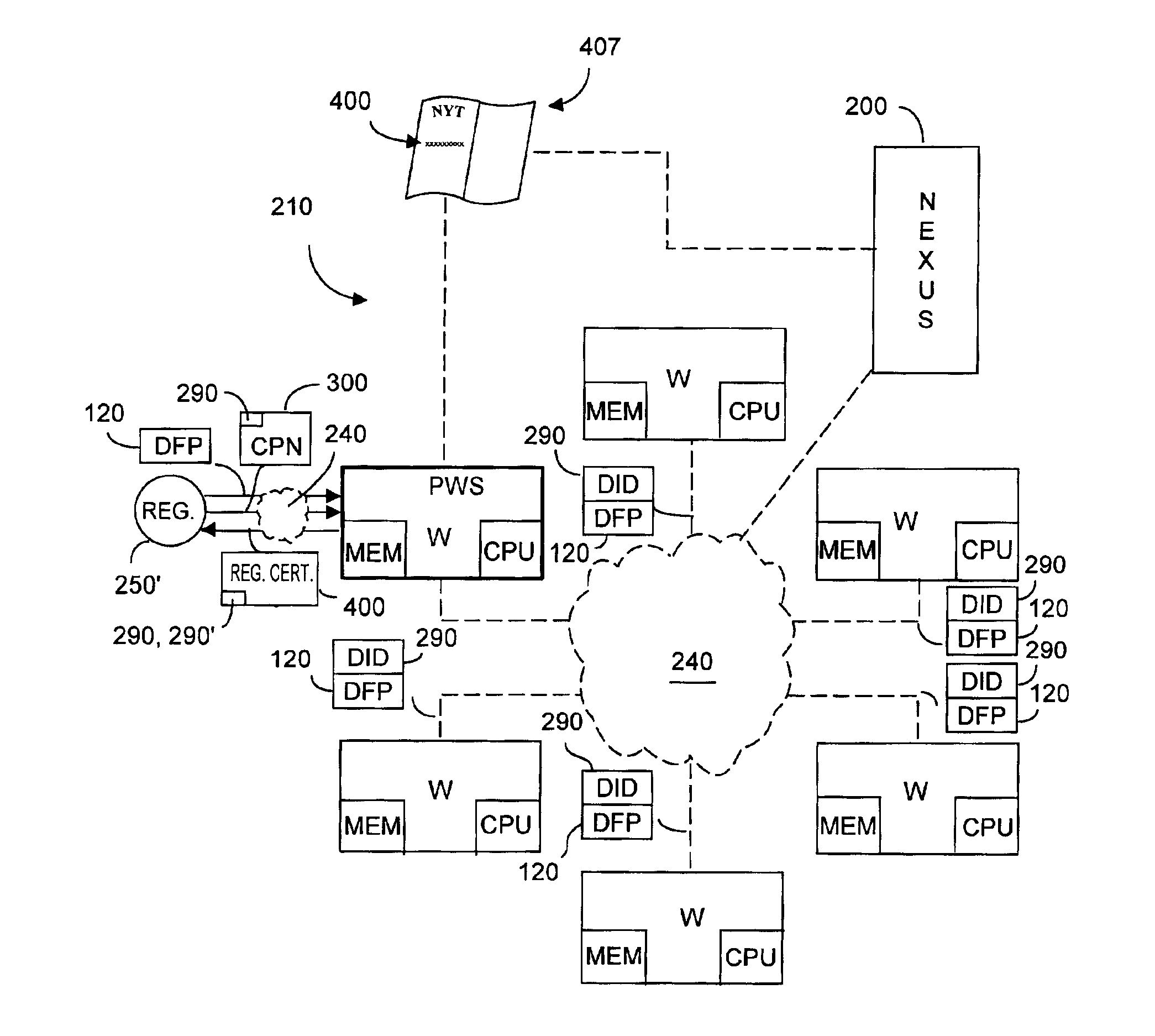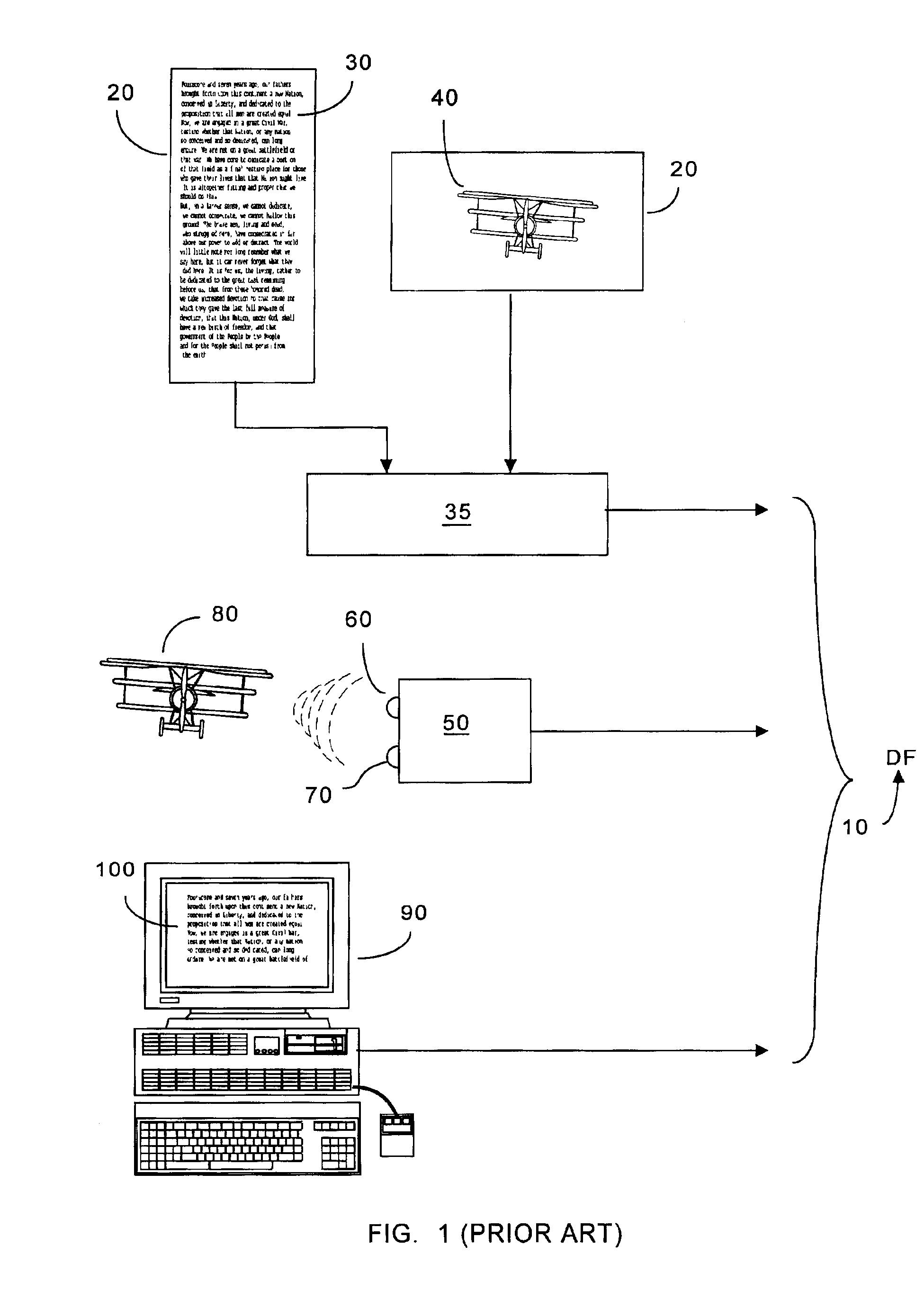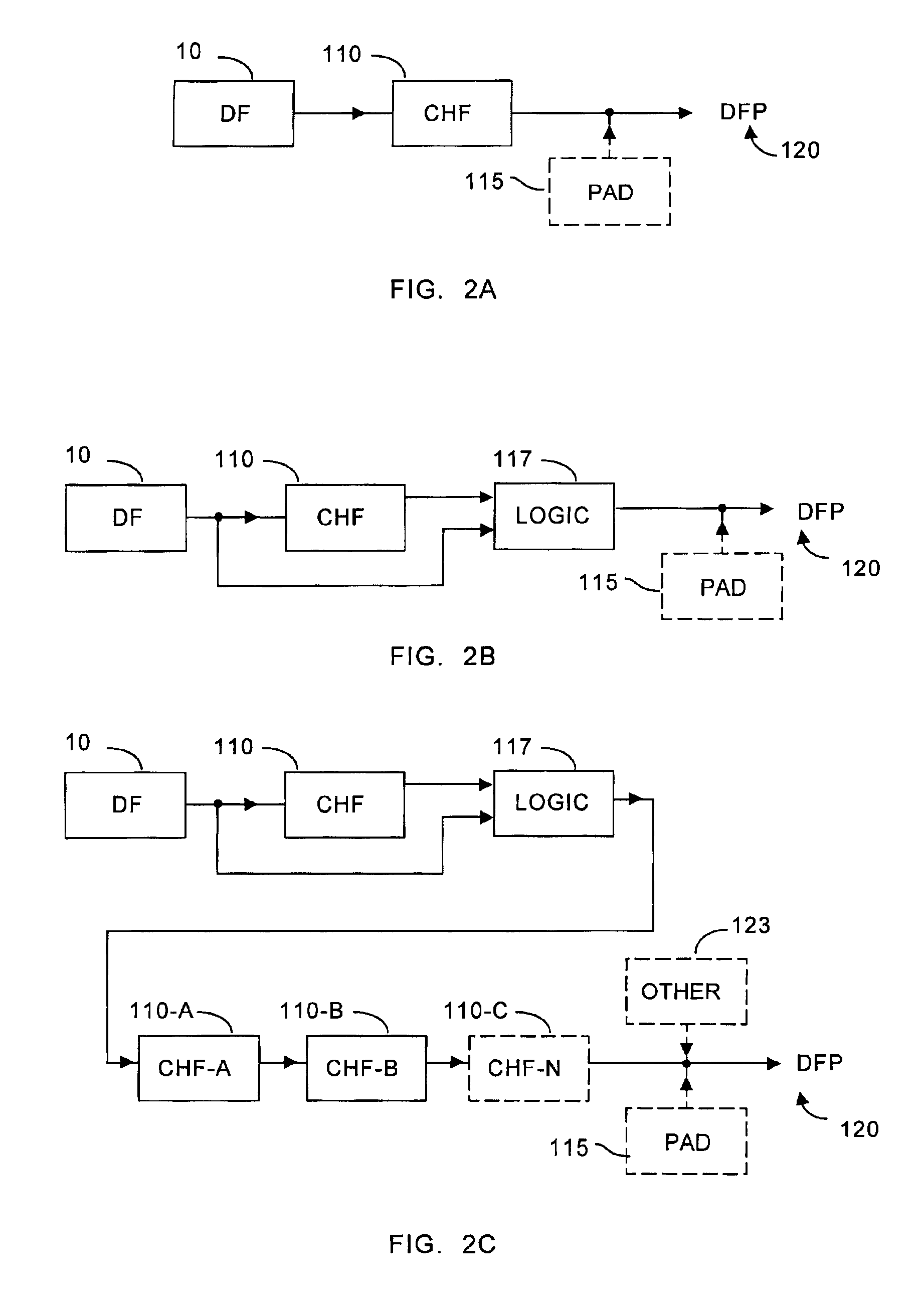Distributed information system and protocol for affixing electronic signatures and authenticating documents
a technology of electronic signatures and information systems, applied in the direction of unauthorized memory use protection, hardware monitoring, transmission, etc., can solve the problems of not providing for affixing electronic signatures to documents, no information maintained, authentication mechanism used, etc., to prevent repudiation
- Summary
- Abstract
- Description
- Claims
- Application Information
AI Technical Summary
Benefits of technology
Problems solved by technology
Method used
Image
Examples
Embodiment Construction
[0059]For ease of understanding the present invention, the invention of applicant's parent application (or the “first invention”) will now be described with respect to FIGS. 1-5, which figures appeared in the parent application. Applicant's first invention provided a distributed information system and protocol to permit a user or registrant (e.g., a user-registrant) to register a digitally representable document with the system such that one could later verify that the original document had not been altered. It is understood that the user-registrant need not be the author of the document to be registered. For example, the user-registrant may register the document for the true author, or even if the user-registrant created the document, the creation may have been to copy an original document authored by another.
[0060]As noted, “document” broadly and without limitation refers to information storable or representable as information that can be digitally encoded, or digitally stored, or...
PUM
 Login to View More
Login to View More Abstract
Description
Claims
Application Information
 Login to View More
Login to View More - R&D
- Intellectual Property
- Life Sciences
- Materials
- Tech Scout
- Unparalleled Data Quality
- Higher Quality Content
- 60% Fewer Hallucinations
Browse by: Latest US Patents, China's latest patents, Technical Efficacy Thesaurus, Application Domain, Technology Topic, Popular Technical Reports.
© 2025 PatSnap. All rights reserved.Legal|Privacy policy|Modern Slavery Act Transparency Statement|Sitemap|About US| Contact US: help@patsnap.com



